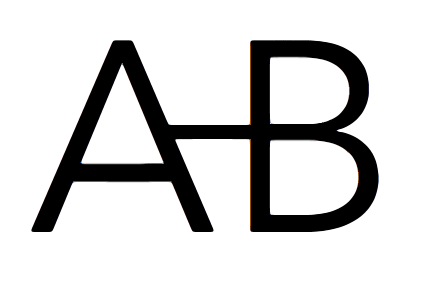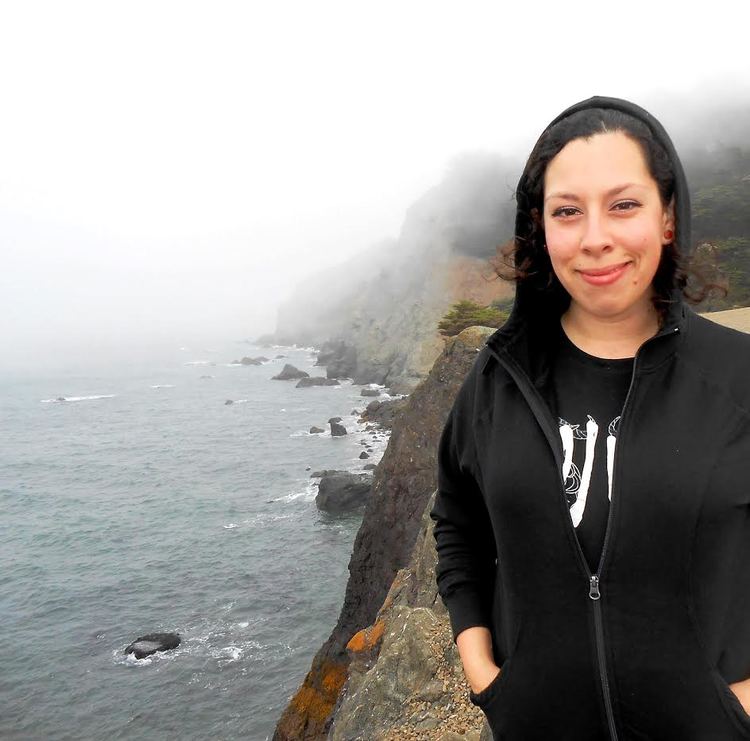The Land of Cockaigne
By Jennifer Gutierrez
THE DREAM OF A BLISSFUL UTOPIA has long been a universal theme in literature, poetry, and art throughout the ages. While there are variations on the theme, humanity has fantasized about a paradise wherein all of life’s daily struggles simply do not exist and one is free to indulge in every pleasure imaginable. In today’s world of daily mass shootings, wildly reckless Twitter postings by world leaders, impending nuclear and environmental doom, and the overall drudgery of the technological age, who hasn’t fantasized about getting away from it all?
In medieval Europe, the common person’s utopia was a whimsical dreamland know as Cockaigne. While there have been many different versions of Cockaigne appearing in literature throughout the ages, in general, the Land of Cockaigne was a medieval dream world where the regular order of things was flipped on its head. In Cockaigne, the poor would be rich, food and sex were freely available, and sloth was treasured and respected above all else. It was often portrayed as the perfect daydream of the common peasant, a place where the drudgery and struggle of medieval life was nowhere to be seen. In the book, Dreaming of Cockaigne, Herman Pleij describes Cockaigne as a land where roasted pigs wander around with knives lodged in their backs to facilitate carving, grilled geese fly directly into one’s mouth, and cooked fish jump out of the water and land at one’s feet. Most of the luxuries available to the people of Cockaigne revolve around food and drink, staples which many of us today take for granted.
Erhard Schoen, 1530, "Das Schlauraffenlandt", illustration for a poem about Cockaigne by Hans Sachs, printed "Zu Nürnberg, bey Wolff Strauch”
This literal land of milk and honey made its mark in the popular imagination thanks to countless poems and writings that began to appear all across medieval Europe from the 1300s onward. The historical context explains the myth that is, according to some historians, the only utopia of the Middle Ages. Cockaigne first appeared in oral accounts in the middle of the 12th century in Europe, at a time when, for all the economic and social development, food shortages had not been eradicated.
With the spread of the printing press, tales and poems of Cockaigne became widespread enough that they would eventually reach a wider audience. The most widely known account is a poem from around 1350 called The Land of Cockaygne. Contained in what is thought to have been a friar’s notebook, the poem details many of the barely imaginable wonders that Cockaigne had to offer, and gives us an unforgettable look into both the nature of the satire and the aspirations of people of the time.
The opening lines of The Land of Cockaygne. (Photo: Wessex Parallel Web Texts/Public Domain)
Fifty-eight of its 188 verses are about food, and can be seen as the dream of heavenly abundance on earth, in which hunger, and especially the fear of there being too little, are unknown. In an eternal month of May, idleness reigns and money never runs out, a fountain of rejuvenation heals and gives eternal youth, men and women indulge unrestrictedly in countless physical delights without law or morality to spoil the fun. Although it may be the idea of insatiable gourmets and unquenchable gourmands that comes to mind, originally it was other pleasures – freedom, youth and sensuality – that were satisfied in Cockaigne.
But while this dream was certainly geared toward tempering the harsh realities of life at the time, it was also a form of protest. Cockaigne’s gourmands were opposed to the Church in particular, but also to the new secular authorities, who advocated abstinence and fasting, and condemned the deadly sin of gluttony.
In the poem, Cockaigne is said to lie somewhere west of Spain, but in reality the promised land never had any concrete location on the map. But although Cockaigne didn’t have a concrete location, that did not impinge on the cartographical endeavors of many who insisted on charting this land of plenty and there exist quite a few maps attempting to pin point utopia.
Johann Baptist Homann (1664 - 1724) "Accurata Utopiae Tabula", map of Cockaigne published by Matthäus Seutter, Augsburg, 1730.
Nelli, Niccolò (c. 1530 - 1576 or 1585) “The Land of Cockaigne," 1564 © National Gallery of Art, Washington, DC.
Perhaps one of the most intriguing representations of Cockaigne (and the inspiration for this blog post) is the work by Pieter Breughel the Elder, “The Land of Cockaigne.”
Pieter Bruegel the Elder, "The Land of Cockaigne", oil on wood, 1567 (Alte Pinakothek, Munich).
It is a puzzling picture. Just 31 inches by 20 inches, "The Land of Cockaigne" incorporates the conventional elements of the fabulous land of plenty, but the tone is far from idyllic. At left, a shed roofed with pies shelters a soldier whose mouth gapes open to receive a flying cooked bird, which was later painted out; at rear right a roasted pig trots by, with a knife stuck in its flank to enable quick and easy carving. The main subject is a group of three men sprawled on the ground beneath a table resting on a tree stump. The men lie looking not sated and content so much as stupefied, or perhaps enchanted. The space in which a fourth member of the party would be is occupied by a roasted goose on a platter.
The artist's modern popularity arises in large measure from his bizarre, dreamlike imagery, which seems to anticipate Surrealism. To us, this is enchantingly weird image and delivers all of the peculiarities that we have come to associate with and love about Breughel (runny egg, anyone?) but for his contemporaries, Breughel’s interpretation of the legend carries a message of warning.
By the 16th century, the moralists and pedagogues of the bourgeoisie appropriated the myth, making it into a children’s story condemning gluttony and laziness. The initially defiant aspect of Cockaigne took on a moralising, didactic tone. Breughel appears to be of this camp, suggesting to the viewer that perhaps having anything and everything readily accessible could cause more harm than good.
While we certainly are living in an entirely different universe than the medieval peasants dreaming of Cockaigne, it appears that striving to achieve our own dream of utopia—in which everything is accessible through an app on our smart phones—has come with a heavy burden. Rates of depression in highly developed countries are higher than their less technologically advanced neighbors and it seems that the easier it becomes to access our wants the more alienated and sad we are becoming in the 21st century. To support this claim we can cite the rise in “agro-tourism” and the increasing popularity in off-the-grid Air BnB vacationing.
It seems as though man-kind will altogether never be satisfied and these medieval images of a magical land of pleasure remind us of that. Maybe it’s a good thing to struggle moderately. I trust Brueghel.
Sources
Herman Pleij, Der Traum vom Schlaraffenland. Mittelalterliche Phantasie vom Vollkommenen Leben, 2000.
Rohrer, Denis. “In the land of Cockaigne: Culinary excesses, sexual pleasures, rivers of wine and the fountain of youth.”
https://www.alimentarium.org/en/magazine/history/land-cockaigne
“The Land of Cockaigne” https://www.youtube.com/watch?v=k0d7SU8waPM
Jen is a co-host of The Art History Babes podcast, junior art historian, and part-time chemist. You can find her around the Bay Area at various museums, breweries, and heavy metal shows.






